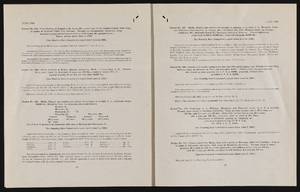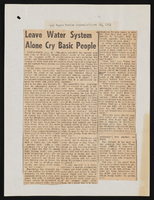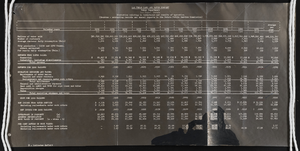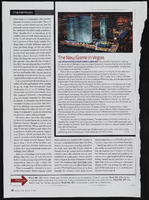Search the Special Collections and Archives Portal
Search Results
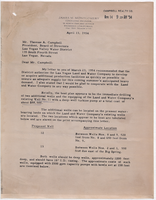
Letter including map from James M. Montgomery (Pasadena) to Thomas A. Campbell (Las Vegas), April 13, 1954
Date
Archival Collection
Description
Mr. Montgomery outlines locations and costs of drilling additional wells and work to existing well. to meet community water supply needs. A hand drawn map of the Las Vegas Land and Water Company well field is included.
Text
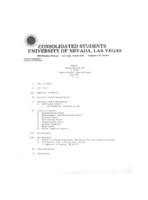
Meeting minutes for Consolidated Student Senate, University of Nevada, Las Vegas, January 06, 1981
Date
Archival Collection
Description
Text
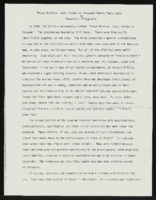
"Black History: Lost Stolen or Strayed -- Twenty Years Later": article draft by Roosevelt Fitzgerald
Date
Archival Collection
Description
From the Roosevelt Fitzgerald Professional Papers (MS-01082) -- Drafts for the Las Vegas Sentinel Voice file. On Black reality not significantly improved 20 years later.
Text
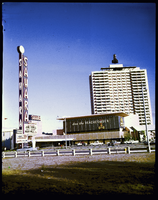
The Sahara Hotel and Casino, don the Beachcomber Restaurant, and the marquee: photographic film
Date
Archival Collection
Description
Image
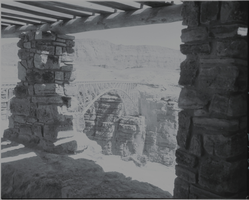
Film transparency of of the Navajo Bridge, Grand Canyon, Arizona, circa 1930s
Date
Archival Collection
Description
Image

Eloiza B. Martinez oral history interview: transcript
Date
Archival Collection
Description
Oral history interview with Eloiza B. Martinez conducted by Maribel Estrada Calderón on October 10, 2018 for the Latinx Voices of Southern Nevada Oral History Project. Martinez discusses the career preparedness she took while working for Commercial Credit Corporation and studying with Mayor Oscar Goodman. She then describes her first impressions of Las Vegas, Nevada and about her community involvement. Martinez then discusses her work at Wells Fargo as loan officer and assistant vice president, and talks about discrimination in the workplace and in the neighborhood where she grew up.
Text

